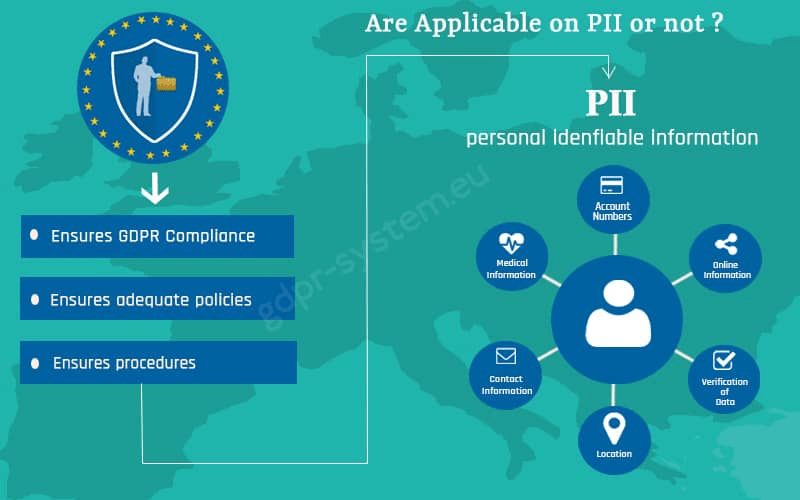Grasping the Art of Conquering Data Collection Limitations in Google Analytics for Better Decision-Making
In the realm of electronic analytics, the capability to remove significant insights from data is paramount for notified decision-making. By employing calculated methods and sophisticated strategies, companies can elevate their information high quality, unlock concealed understandings, and pave the method for even more informed and reliable decisions.
Information Quality Assessment
Information high quality evaluation includes assessing different aspects such as precision, efficiency, consistency, and timeliness of the information. One key element to think about is data accuracy, which refers to just how well the data mirrors the real values of the metrics being measured.
Efficiency of information is another essential consider analyzing information high quality. It entails ensuring that all needed data points are accumulated which there are no spaces in the info. Insufficient information can alter evaluation results and hinder the capacity to get an extensive view of individual behavior or internet site efficiency. Uniformity checks are additionally vital in data quality analysis to identify any kind of inconsistencies or abnormalities within the data collection. Timeliness is similarly important, as out-of-date data may no much longer be pertinent for decision-making procedures. By focusing on data top quality analysis in Google Analytics, companies can boost the dependability of their analytics reports and make more informed decisions based upon accurate insights.
Advanced Tracking Methods
Using innovative tracking strategies in Google Analytics can dramatically enhance the depth and granularity of data gathered for even more comprehensive analysis and understandings. One such technique is event tracking, which enables the monitoring of certain interactions on a website, like clicks on buttons, downloads of files, or video sights. By implementing occasion monitoring, businesses can acquire a much deeper understanding of customer habits and engagement with their on-line material.
In addition, custom-made measurements and metrics supply a way to tailor Google Analytics to certain service demands. Customized dimensions permit the development of new data points, such as user roles or customer sectors, while personalized metrics enable the tracking of unique performance indications, like earnings per individual or typical order worth.
Additionally, the application of Google Tag Manager can improve the execution of tracking codes and tags across a website, making it much easier to manage and release sophisticated tracking setups. By using these innovative monitoring techniques, organizations can open beneficial understandings and optimize their on-line strategies for much better decision-making.
Custom Measurement Application
To enhance the deepness of information gathered in Google Analytics past innovative Our site monitoring techniques like event monitoring, services can implement custom-made dimensions for even more tailored insights. Custom measurements allow organizations to specify and accumulate details information points that are pertinent to their distinct objectives and goals (What Data Does Google Analytics Prohibit Collecting?). By assigning custom-made measurements to different components on a site, such as customer interactions, demographics, or session details, businesses can obtain a much more granular understanding of just how users involve with their on-line homes

Acknowledgment Modeling Methods
Reliable attribution modeling is essential for recognizing the impact of numerous advertising networks on conversion paths. By utilizing the appropriate attribution design, services can accurately associate conversions to the proper touchpoints along the consumer journey. One common attribution design is the Last Communication design, which provides credit history for a conversion to the last touchpoint a customer connected with before transforming. While this version is straightforward and easy to apply, it typically oversimplifies the consumer journey, neglecting the influence of other touchpoints that contributed to the conversion.
Data Tasting Evasion
When dealing with big quantities of data in Google Analytics, overcoming data tasting is important to make certain accurate understandings are derived for informed decision-making. Information tasting happens when Google Analytics estimates patterns in information instead than examining the complete dataset, potentially leading to skewed outcomes. By taking these positive steps to decrease data sampling, companies can extract a lot more precise insights from Google Analytics, leading to much better decision-making and boosted total performance.
Final Thought
Finally, grasping the art of getting rid of information collection constraints in Google Analytics is essential for making educated choices. By conducting a comprehensive information top quality assessment, executing sophisticated monitoring strategies, utilizing customized measurements, using attribution modeling methods, and preventing information tasting, organizations can ensure that they have exact and reliable data to base their decisions on. This will eventually lead to much more effective techniques and far better outcomes for the organization.
